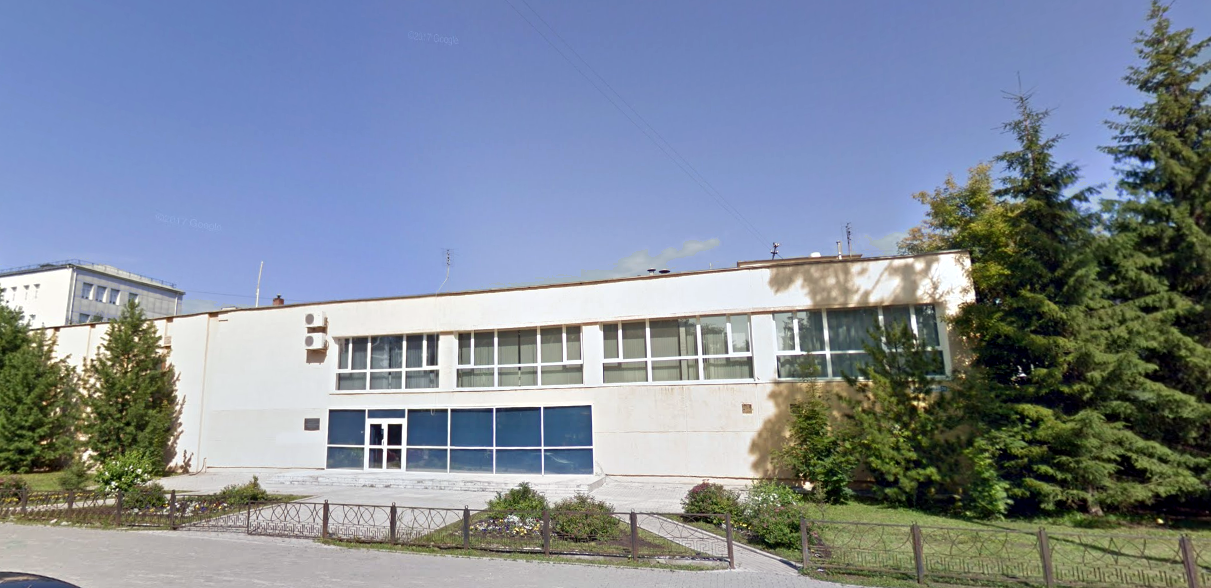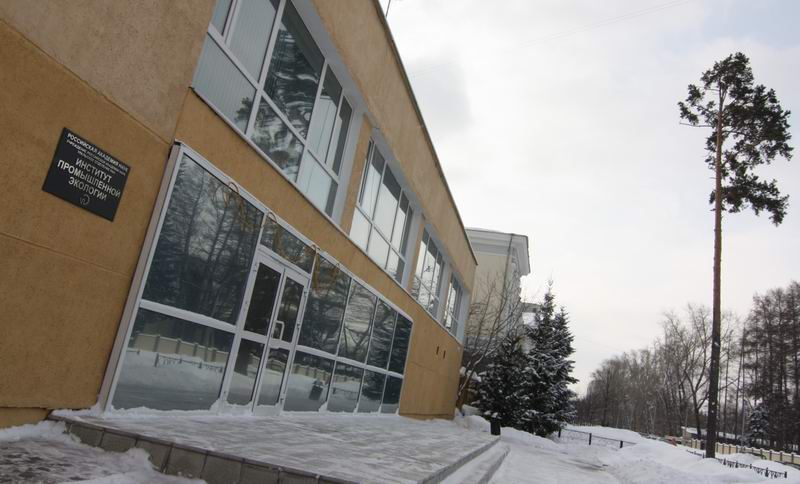Institute of Industrial Ecology of the Ural Branch of the Russian Academy of Sciences
Institute of Industrial Ecology of the Ural Branch of the Russian Academy of Sciences (IIE UB RAS) was established in 1992 as a state scientific institution.
The main areas of research of the Institute are the following: Ecological and radiation safety of energy and nuclear industry; The scientific basis of environmentally safe and sustainable development of territories; Ecologically significant physical and chemical processes in the environment.
IIE UB RAS has a complex of modern measuring instruments and equipment for solving a wide range of tasks in the indicated scientific areas, in particular for monitoring the composition of emissions and discharges of nuclear power plants with various types of reactors, for studying the levels of the population exposure to radon, and for analyzing the content of pollutants in different environmental objects.

Some of the recently obtained results are presented below.
1. The structure of gas and aerosol emissions, as well as the levels of radiation impact on the environment of nuclear power plants (NPPs) with different types of reactor (PWR, BWR, LWGR, Candu, AGR) were determined. Sampling devices have been developed for precision measurements of NPPs radionuclide emissions, which provide a reduction in the lower limit of measurements by 2-3 orders of magnitude compared to standard systems of Russian nuclear power plants.
The physical basis for creating thin-layer detectors for detecting beta radiation in mixed radiation fields based on nanostructured Al2O3 layers has been developed. Together with the specialists of the Ural Federal University, a dosimetric system based on the effect of optically stimulated luminescence was developed and a prototype was produced that retains its working capacity also in pulsed radiation fields.
2. The scientific basis for the modeling of three-dimensional fields of atmospheric aerosol concentrations by the fluid-location of the atmosphere method has been developed. The role of remote and local sources in the formation of atmospheric aerosol concentration values at various heights is shown. It was found that in an urbanized environment due to local sources, the concentration of particles of various sizes in the atmosphere increases in 1.4-3.4 times. The additional contribution of remote sources can increase the average daily concentration of the near surface aerosol up to 6 times.
3. According to the results of long-term precision measurements on Bely Island (Arctic zone of Russia), the patterns of greenhouse gas accumulation in the surface atmosphere are studied. A monotonous increase in the average summer concentration of CO2 in the atmosphere was recorded at 3.1 ppm per year, which is 1.5 times higher than the annual average indicators for this gas on the planet. In particular, the additional emissions in the summer period of 2016-2017 were caused by release of CO2 from permafrost due to extremely high air temperatures for these latitudes.
